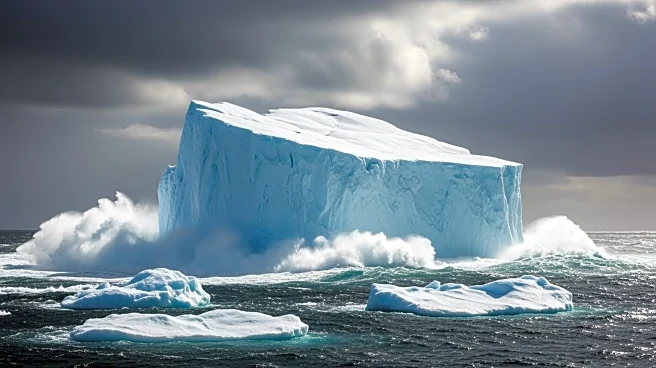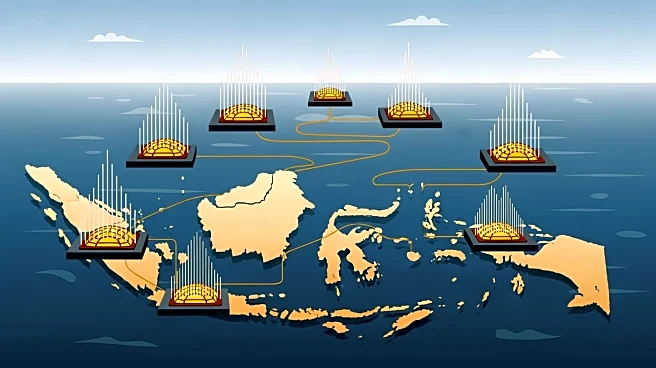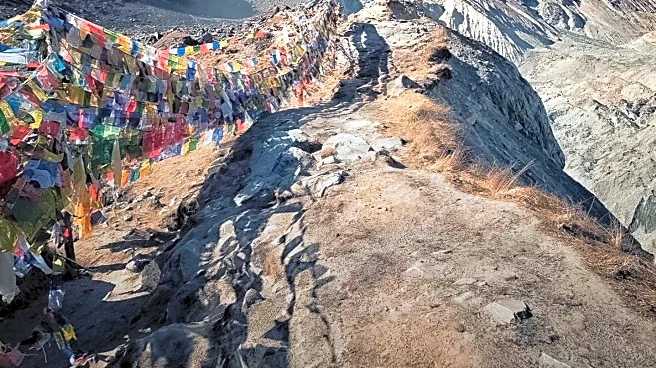What's Happening?
In September 2023, a massive rock-and-ice avalanche in Greenland's Dickson Fjord triggered a mega-tsunami approximately 650 feet high. The event displaced 25 million cubic meters of rock and ice, causing
seismic vibrations detectable worldwide. The tsunami resulted in significant damage to facilities on nearby Ella Island, with losses estimated at $200,000. The fjord's oscillation continued to emit signals through the Earth's crust for nine days, highlighting the immense power of the collapse.
Why It's Important?
The event underscores the increasing risks associated with climate change, particularly in the Arctic region. As glaciers retreat and permafrost thaws, the stability of steep slopes is compromised, leading to potential avalanches and tsunamis. This poses threats to local communities, research stations, and the growing polar tourism industry. The incident calls for enhanced monitoring systems to provide early warnings and mitigate risks in vulnerable areas.
What's Next?
The need for real-time seismic monitoring and advanced satellite technology is crucial to developing early-warning systems. These tools could help prevent future disasters by alerting vessels and communities in risky areas. As climate change continues to impact the Arctic, understanding and preparing for such events becomes increasingly important.
Beyond the Headlines
The mega-tsunami serves as a reminder of the dynamic nature of the planet and the ongoing geological processes influenced by climate change. It highlights the importance of scientific research in understanding these phenomena and developing strategies to adapt to a changing environment.












